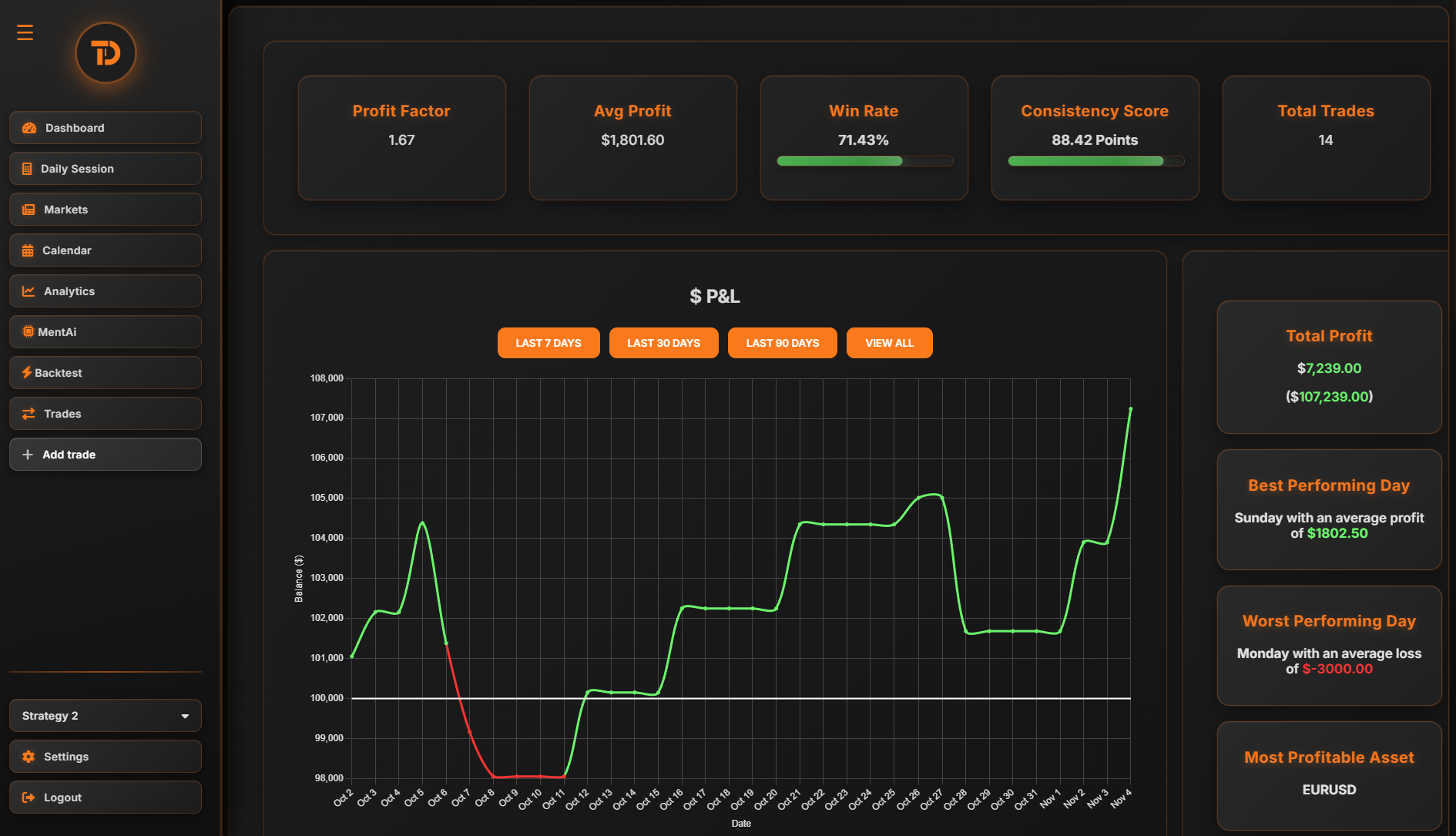A stop-loss is a crucial risk management tool that automatically closes your position when the market reaches a predetermined level, protecting you from significant losses if the market moves sharply against you. Without a stop-loss, a trade that goes in the wrong direction can spiral into devastating losses, eroding a large portion of your capital. Stop-losses remove the emotional aspect of decision-making, allowing you to exit losing trades according to a planned strategy, rather than holding on in the hope that the market will turn in your favor. This disciplined approach ensures that you manage your risk effectively, helping you avoid the psychological trap of "hoping" for recovery and instead sticking to your predefined risk limits.
Setting stop-losses also allows you to manage your trades with more confidence, knowing that your risk is controlled. Whether you're trading in volatile markets or during periods of uncertainty, stop-losses play an essential role in preserving your capital and maintaining consistency in your risk management.
. Why use a trading journal: Keeping a detailed record of where and how you set your stop-losses in your trading journal enables you to evaluate whether your stop-loss levels are appropriate. By reviewing your trades, you may discover that you're consistently placing stop-losses too close to your entry point, causing you to exit prematurely due to normal market fluctuations. Conversely, you might find that your stop-losses are too far away, leaving you exposed to unnecessary risk. Analyzing this data will help you fine-tune your stop-loss strategy, ensuring that your levels are well-balanced between protecting your capital and allowing your trades enough room to develop. Over time, your journal will reveal valuable insights into how your stop-loss decisions affect your overall trading performance, helping you improve both risk management and trade execution.

